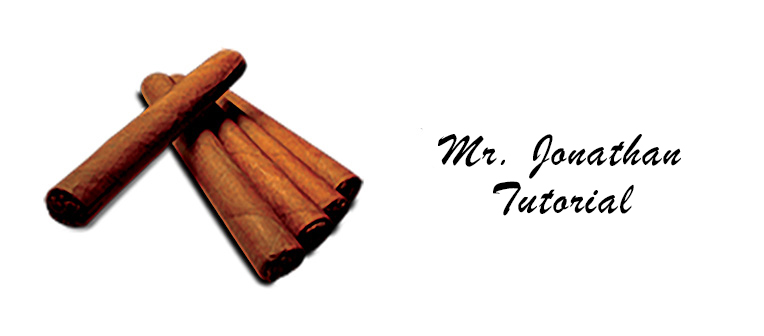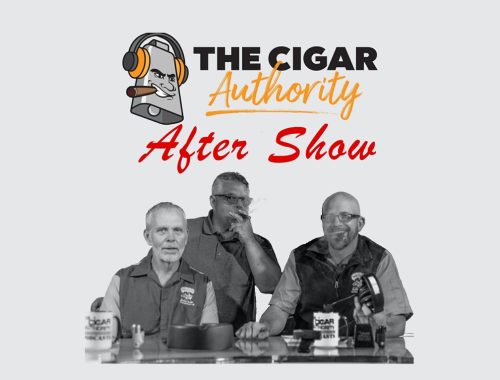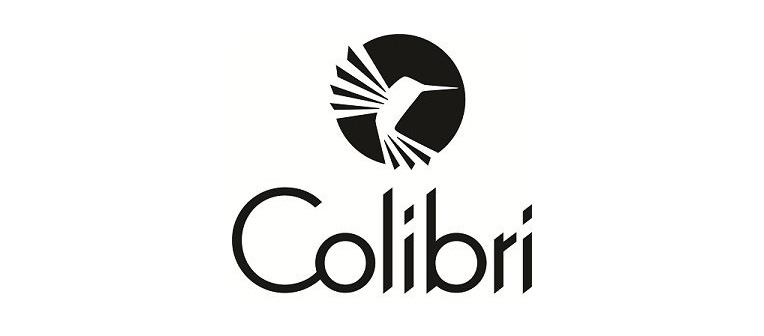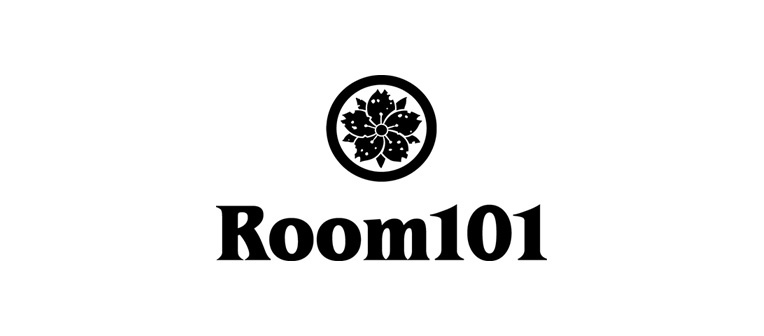There are several methods you can use to light your cigar but a few things are key to guaranteeing a good flavor and an even burn. All premium hand made cigars should be cut prior to lighting. There are a couple of videos floating around on line that suggest that the “real way” is to light first and cut second but I ask you…What if it doesn’t draw? All Premium cigars are hand made but that doesn’t mean that all handmade cigars are premium. Cut it first, check the draw, and observe the flavors of that pre-light tasting. Next up is the choice of how to bring fire to the end of our hand rolled beauty. However you like to do it, is how you like to do it, but keep an open mind and check out the science behind tobacco’s combustion as we explore the pros and cons of the most popular methods.
In order to bring your palate a more interesting experience, the master blender will combine many different tobaccos to make up a blend. Although they may be sourced from different plants and primings the equation for combustion is surprisingly similar from size to size, blend to blend, and brand to brand. The thickest leaves must be in the center because they burn the coolest and slowest they are then surrounded by leaves that burn hotter and faster. Think of lighting your cigar like one of my Native American ancestors would think of burning out the base of a tree to knock it down for making a canoe. You light the fire around the base to catch the wood of the tree on fire. You could never rub a stick fast enough to catch the roots on fire without a little help. Begin toasting north of the equator of your cigar and roll it to light your “base fire.” When you have an even glow around your center turn your heat source to the center and begin puffing. The added oxygen will spike your ember’s temperature to 880 degrees Celsius and catch those thicker center tobaccos on fire and will keep them lit for the duration of your smoke.
Similar to storing your cigars, lighting them is predominantly about temperature. When we light a cigar we should be creating an ember that burns the entire width of the cigar’s ring gauge during the “Toasting” phase. According to Giacomo Cafaro, a Student at the University of Perugia (Italy) the lit end of a cigar burns as high as 880 degrees Celsius and between puffs at between 400 and 500 degrees Celsius. Since optimum flavor on a cigar is believed to be reached at cooler burning temperatures one must be careful, when lighting, not to heat the end of their cigar any hotter than it could reach on its own. Also it is equally as important to keep the lit end out of your mouth and above 500 degrees Celsius to avoid the tobacco from simply smoldering and producing sooty smoke. Optimal lighting temperature is between 600 and 700 degrees Celsius to balance combustion and flavor. The hotter a flame burns the fewer impurities are left after combustion. Lighting implements that burn cooler tend to let off more impurities that can taint the flavor of your cigar. The fewer impurities you have to deal with, the cleaner your cigar will taste.
Cedar Spills burn at the lowest temperature of all cigar lighting methods. The range is 370-400 Degrees Celsius which brings with it a lot of soot. If you have ever attempted to toast a cigar with a cedar spill, you may remember the soot ring that encapsulated the first inch or two of your stick. Remember that you are trying to achieve a minimum of 600 degrees Celsius. This temperature can only be achieved with spills by drawing oxygen through the fire. If you are going to use cedar spills you should forego the toasting process and get right to puffing to get the most out of this method. With your cigar in your mouth, tip your head down so that you achieve a 45 degree angle to the fire. keep the fire above the equator of your cigar so as not to char the wrapper on the under side. Puff once per quarter rotation until a flame is jumping from the end of your cigar.
Matches burn at 600-800 degrees Celsius which is the perfect range for lighting a cigar. Even Matches have their draw backs. For starters most matches are free and in most cases, free is for me, but free matches tend to be 1.5 inches long and burn for about 15 seconds. To get to the optimum temperature of 700 degrees Celsius and the optimum flavor out of each light you need to let the sulphur burn off (hold the match vertical for 2 seconds after striking) then keep your cigar right above the flame. Focus the heat above the equator and hold your cigar at a 45 degree angle. To light your cigar properly you should have no less than 3 matches at the ready. Two matches for toasting and one for lighting. When its time to light you must keep that flame from contacting the tobacco directly and always aim the heat above the equator.
Soft flame lighters burn at 800-1000 degrees Celsius. The process for lighting is almost identical to lighting with matches accept you have no need to stop while any sulphur burns off.
Consumer air butane torches, as they were called before cigar professionals got their hands on jet flame cigar lighters, can produce flame temperatures up to approximately 1,430 °C. This temperature is high enough to melt many common metals, such as aluminum and copper, and hot enough to vaporize many organic compounds like tobacco. You have to be more careful with the flame of a jet lighter than any other flame because it can burn its way right through your cigar. The problem is penetration…giggity…If you are not careful your lighter’s flame can penetrate and dry out the tobacco deep inside the cigar. The ember at the end producing the smoke heats up the drier portions of the cigar and because it’s not quite hot enough that deep in the cigar you have a small fire that goes out a few seconds after your initial puffs which produces ash. This ash gets pulled through the cigar for the duration of your smoking experience.
Because of the pinpoint accuracy of most jet flame lighters you can be on your way to a smokey bliss t in less than 30 seconds. Hold your cigar perpendicular to the ground and your lighter’s flame at a 45 degree angle. This is not the first time I am mentioning 45 degrees during the toasting process and here is why its important. Imagine lighting your quad jet lighter through a screen door. The flames from each jet would work their way through the openings and then come together on the other side like nothing happened. When you hold your cigar at a 45 degree angle to the flame (that is vertical like a match, spill, or soft flame) you are trapping some of the heat to help you toast quicker and more accurately but you are not trapping much of the smoke (matches/spills). In the case of the quad jet lighter from the screen door example, you have way too much heat to begin with and will benefit from some of it escaping upward. By holding your flame away from the foot of your cigar you can control how much heat you are using. If you simply jam your flame directly into the end with both being perpendicular you will never be able to achieve a consistent burn or flavor as explained above.
Cigar smoking is supposed to be fun and relaxing. Stressing or obsessing over the right and wrong way of doing anything can steal the very soul of that activity. This segment is more than just a 101 of how to light a cigar so if you are just starting out stick with a jet lighter, the basics, and just enjoy your cigar. If you have been at this a while and you are looking for a new and fun experiment, grab a few bundle sticks and try lighting 4 of them differently and see if you can pick up the subtle differences created from these lighting styles. If you see someone doing it wrong please be debonaire about how you approach them. No one likes a know it all… be gentle and up lifting instead of condescending. Brothers and sisters of the leaf deserve the relaxation they get from cigar smoking even if they haven’t got it all mastered yet.




